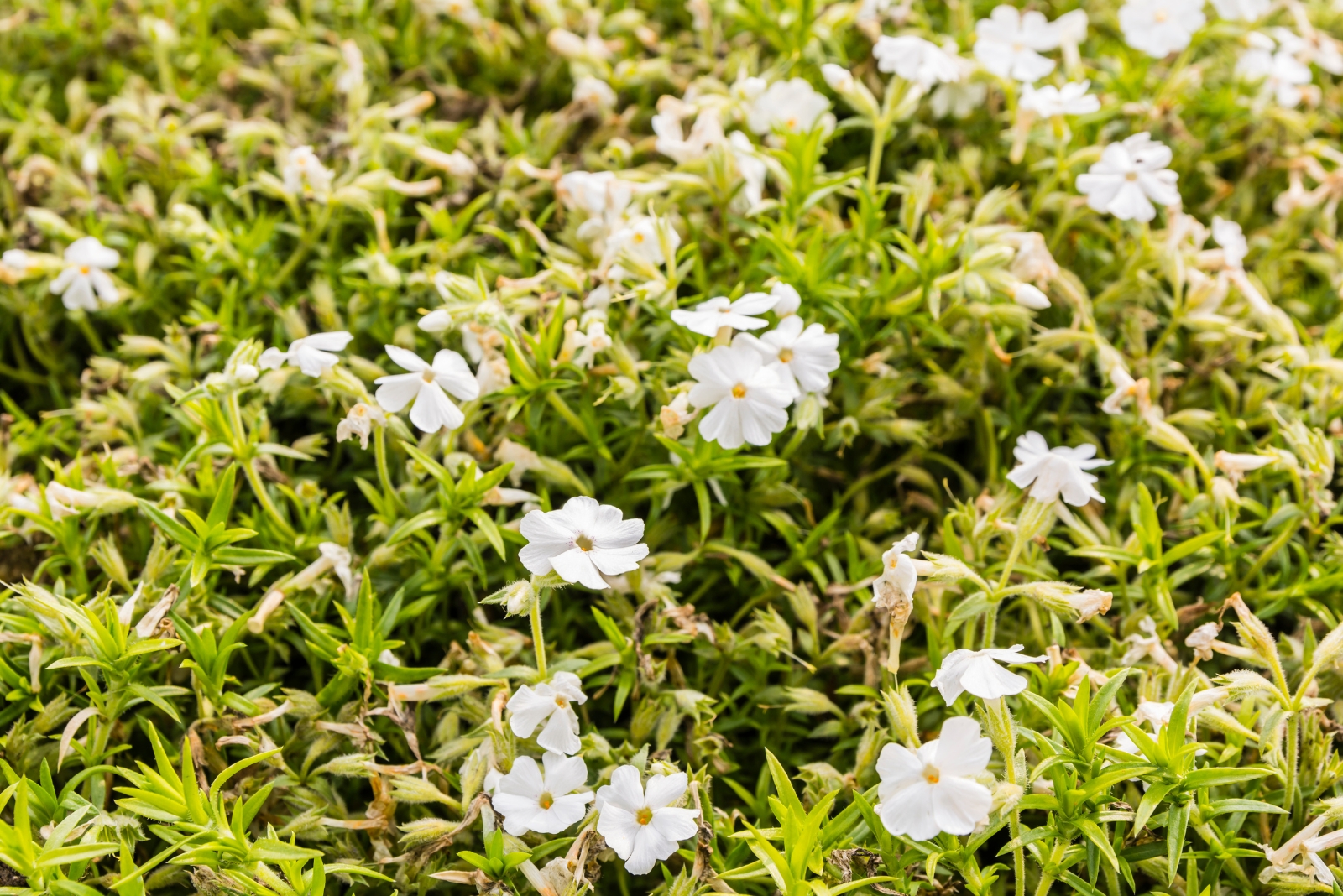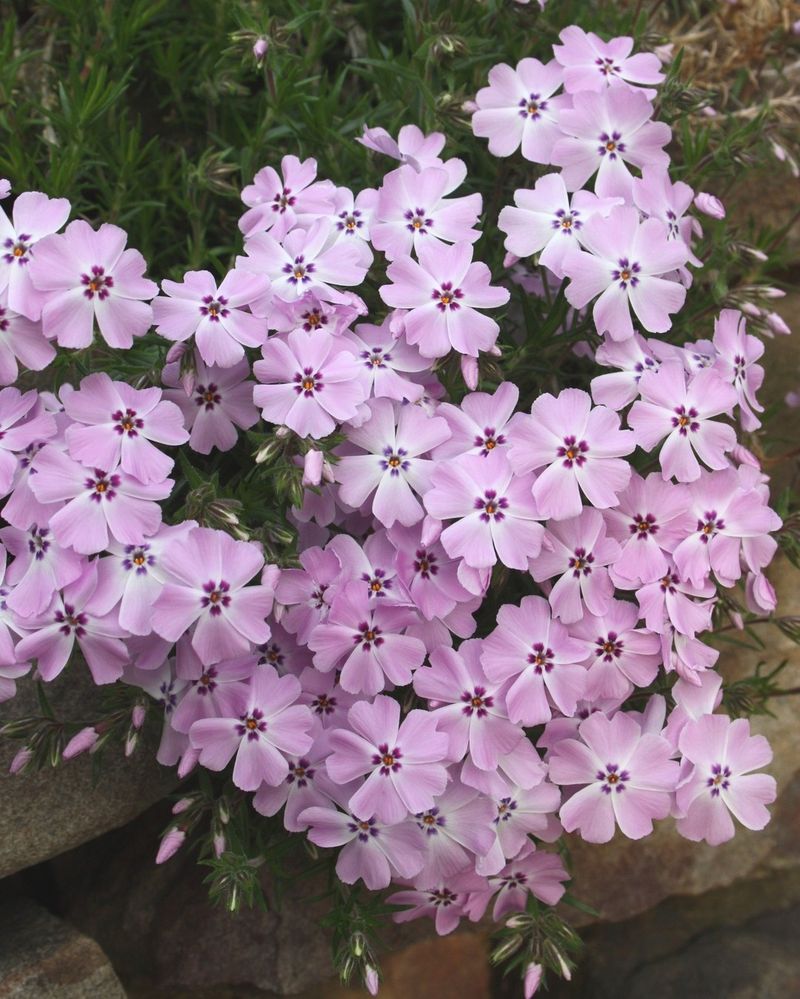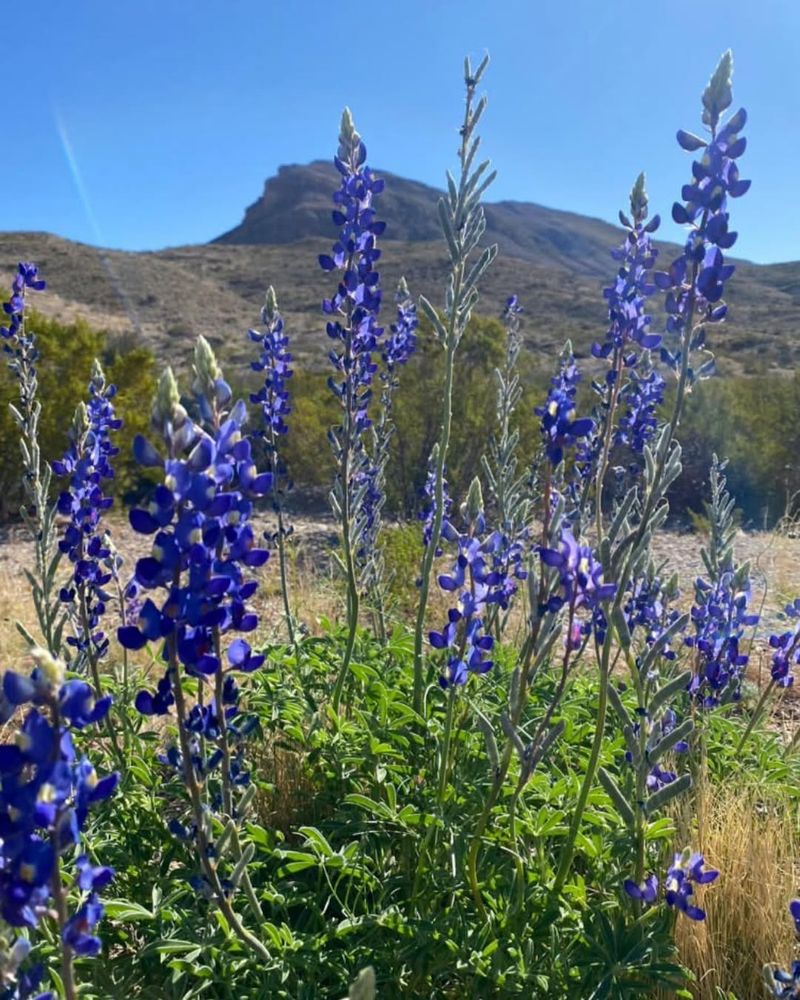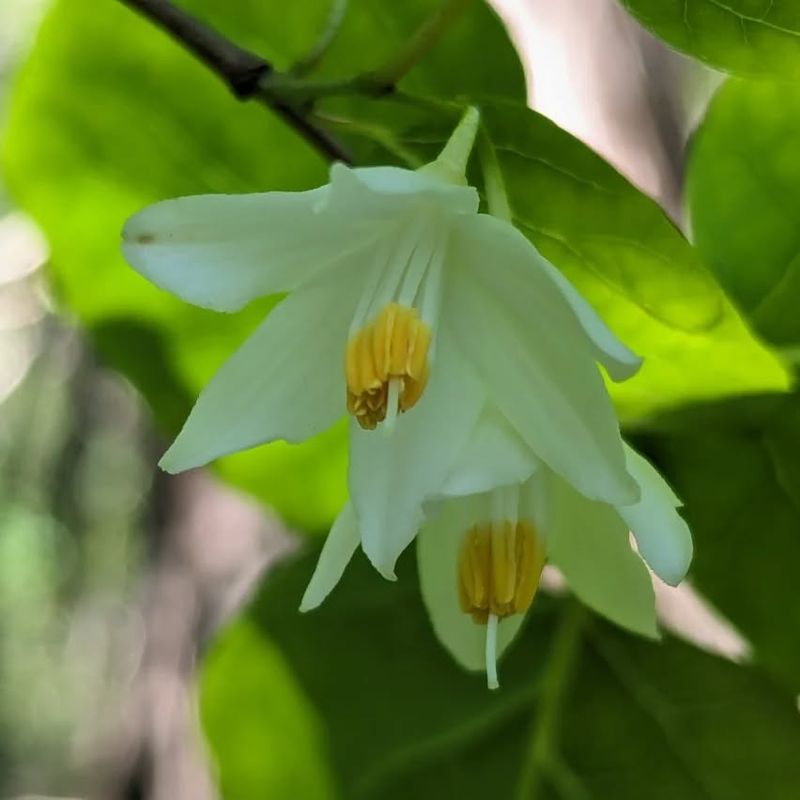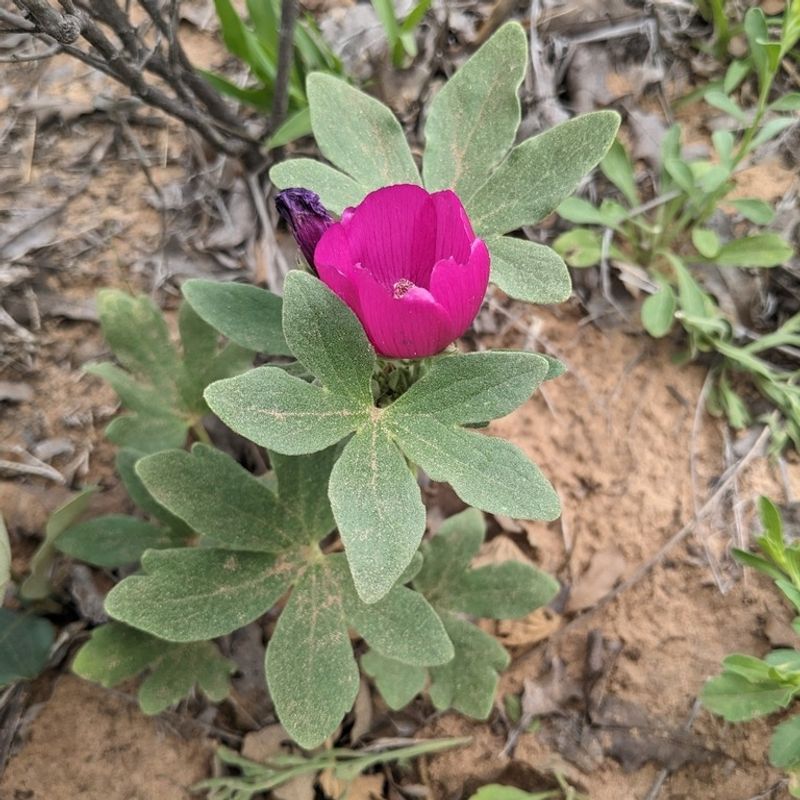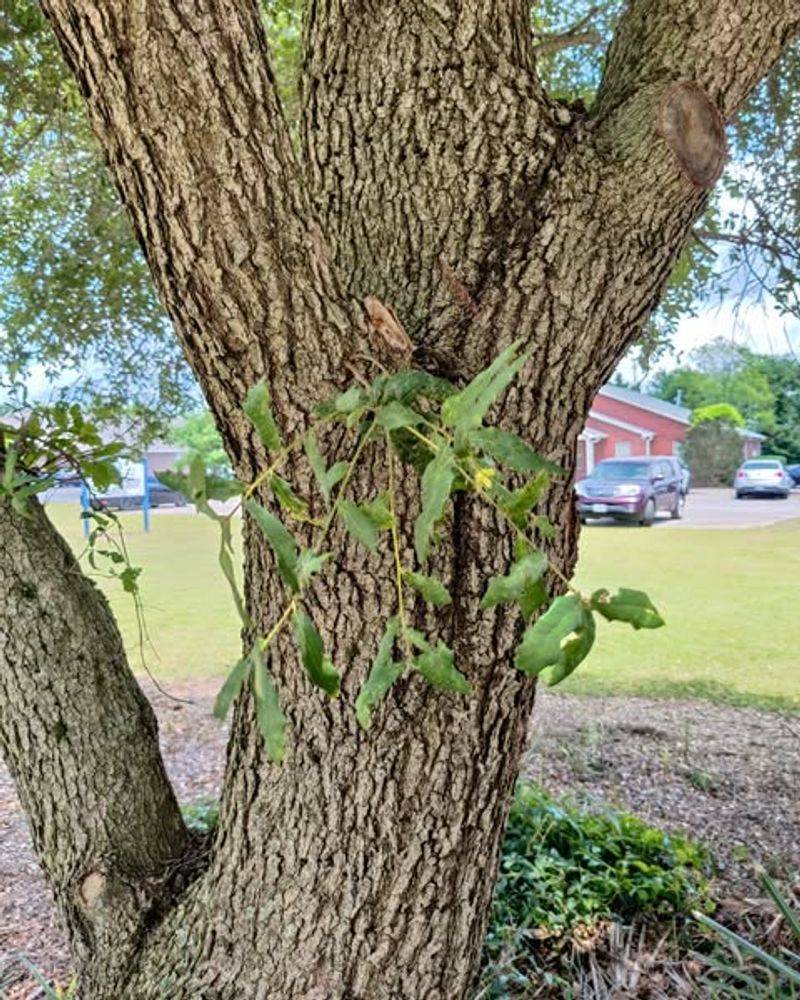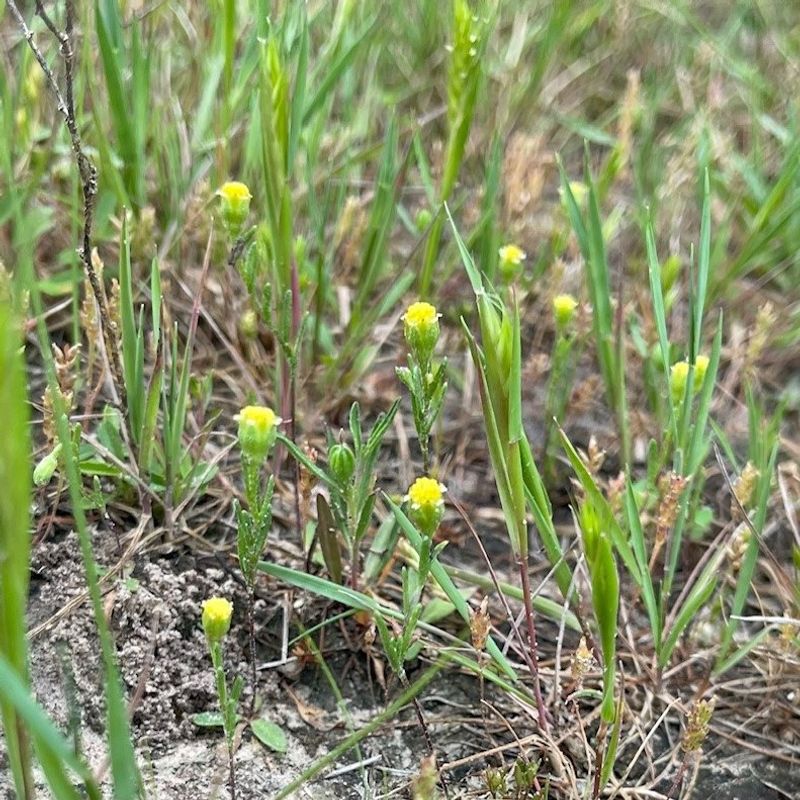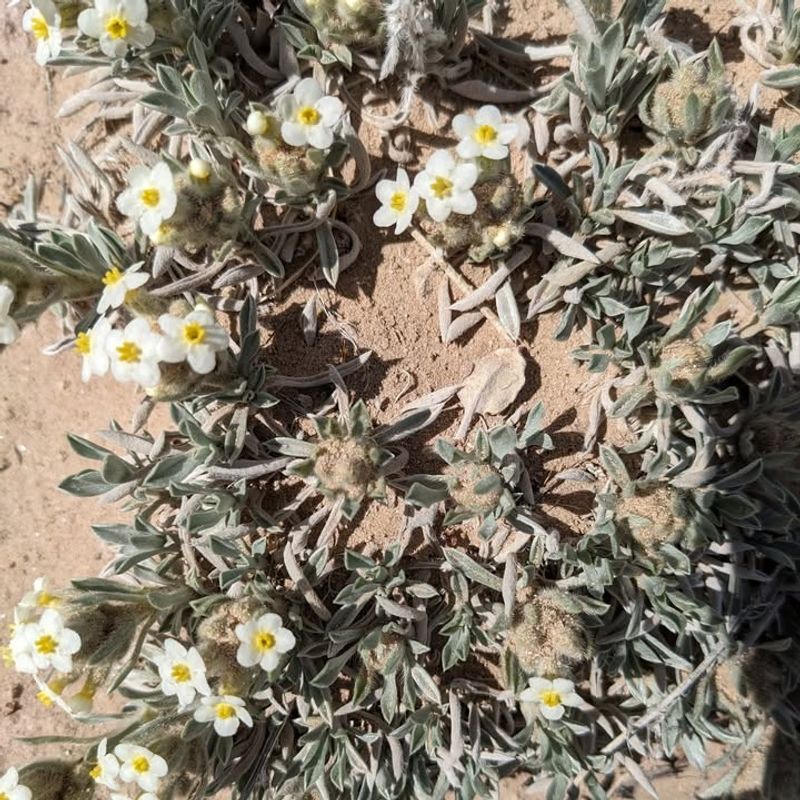Some plants in Texas are off-limits for relocating, even if they’re in your own yard. I once looked into moving one and discovered the rules were tighter than I imagined.
These species are protected for a reason. Checking before you dig saves a world of trouble.
1. Texas Trailing Phlox
Carpeting the ground with soft pink blooms each spring, this wildflower has become a symbol of Texas conservation efforts. Found mainly in the Hill Country, it thrives in rocky limestone soils where few other plants can survive.
State laws protect it because habitat loss has made its populations vulnerable. Moving or disturbing these plants without proper permits violates Texas Parks and Wildlife regulations.
Landowners who discover it growing naturally should feel lucky and leave it undisturbed for future generations to enjoy.
2. Big Bend Bluebonnet
Growing exclusively in the remote corners of West Texas, this bluebonnet variety stands apart from its more common cousins. Its brilliant blue petals light up the Chihuahuan Desert after spring rains, creating stunning natural displays.
Because it only grows in specific desert conditions, Texas considers it a protected species worth preserving. Attempting to transplant it usually fails anyway since it needs particular soil chemistry and climate.
Photographers and nature lovers travel far to see it bloom in its natural Big Bend habitat each year.
3. Texas Snowbells
Imagine discovering a shrub covered in delicate white bells tucked away in a shady Texas canyon. That’s exactly what makes this plant so enchanting and worth protecting under state law.
Limited to just a few counties in Central Texas, it faces threats from development and over-collection. The Texas Department of Agriculture lists it as a species requiring special attention and legal protection.
Anyone who finds it growing wild should appreciate its beauty from a distance rather than attempting to dig it up for their garden.
4. Navasota Ladies’ Tresses Orchid
Did you know Texas has its own federally endangered orchid? Found only in a tiny area near Navasota, this delicate plant spirals its white flowers up a slender stalk each fall.
Habitat destruction nearly wiped it out completely, which is why both federal and state laws now protect every single plant. Moving one could result in serious fines and even criminal charges.
Conservation groups work hard to preserve the remaining populations and their specialized post oak savannah homes in Texas.
5. Black Lace Cactus
Collectors once prized this rare cactus so highly that they nearly loved it to extinction. Its intricate black spines create a lacy pattern that makes it instantly recognizable in South Texas brushlands.
Federal law now protects it as an endangered species, and Texas adds its own layer of legal protection. Taking even a small cutting without authorization violates multiple laws and harms recovery efforts.
Wildlife officials regularly patrol known locations to prevent poaching and ensure these unique cacti survive for future Texans to appreciate in the wild.
6. Texas Poppy Mallow
Spreading across the ground like nature’s own red carpet, this low-growing wildflower once covered vast stretches of Texas prairie. Urban sprawl and agriculture have shrunk its range dramatically over the past century.
State botanists monitor remaining populations carefully and restrict any removal or relocation. The plant’s deep taproot makes transplanting nearly impossible anyway, so it’s best left where nature planted it.
Texans who want to enjoy these wine-red blooms should visit protected prairies rather than attempting to move them home.
7. Hinckley’s Oak
Growing only in the Chisos Mountains of Big Bend, this oak tree represents one of Texas’s rarest woody plants. Scientists didn’t even discover it until the 1930s, and it remains incredibly localized today.
Texas law protects it because so few individuals exist in the wild. Climate change and drought stress threaten the remaining trees, making conservation efforts even more critical.
Hikers who encounter one should take photos but never attempt to collect seeds or cuttings from these precious Texas natives in Big Bend National Park.
8. Texas Wild Rice
Flowing only in a few crystal-clear springs near San Marcos, this aquatic grass holds the distinction of being one of America’s rarest plants. Its underwater meadows provide crucial habitat for endangered fish and invertebrates.
Both state and federal laws protect it fiercely because its entire world population exists in just a few Texas spring systems. Water quality and flow rates must remain perfect for it to survive.
Recreation enthusiasts who visit these springs help protect it by being careful not to disturb the underwater vegetation or pollute the water.
9. Texas Prairie Dawn Flower
Opening its petals with the first light of dawn, this prairie wildflower once greeted countless Texas sunrises. Sadly, less than one percent of original Texas prairie remains today, making every surviving population precious.
Conservation laws protect it because losing more habitat could push it toward extinction. The flower depends on specific prairie conditions that took thousands of years to develop naturally.
Texans can support its survival by protecting remaining prairie fragments and never attempting to relocate plants from wild populations to home gardens or other locations.
10. Terlingua Creek Cats-eye
Named for the only creek where it grows, this plant literally exists nowhere else on Earth. Scientists call such species endemic, and Texas takes special pride in protecting its unique natural heritage.
The remote location in Brewster County hasn’t kept it safe from threats like drought and habitat disturbance. State regulations prohibit any collection or movement to ensure the tiny population survives.
Botanists continue studying it to understand how such a specialized plant evolved in this isolated West Texas canyon and what conditions it needs to thrive long-term.

